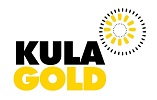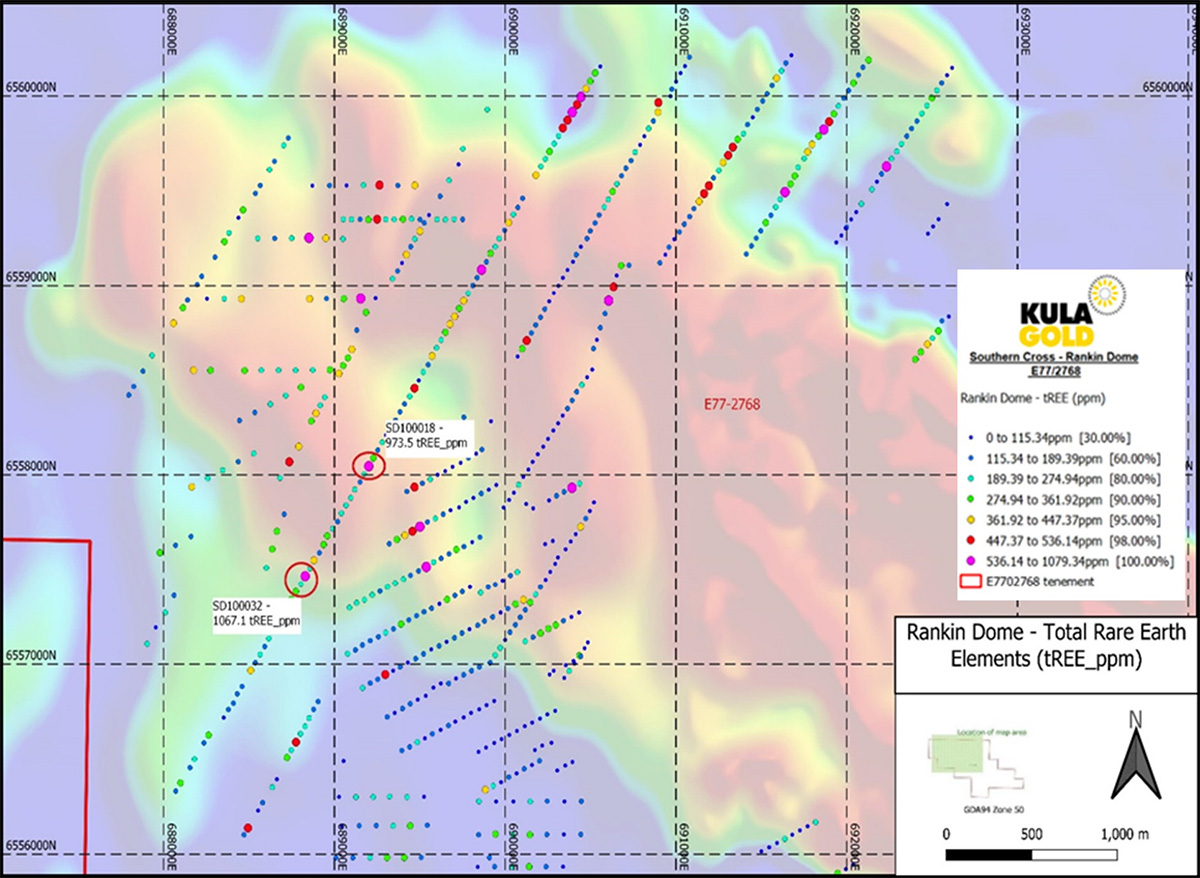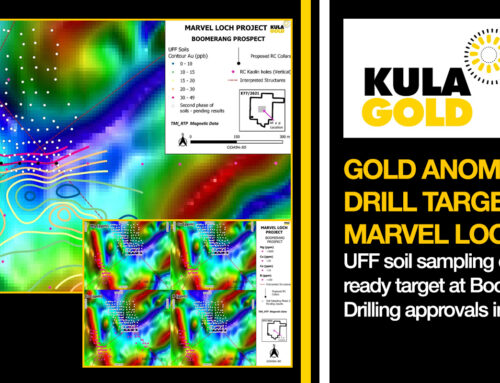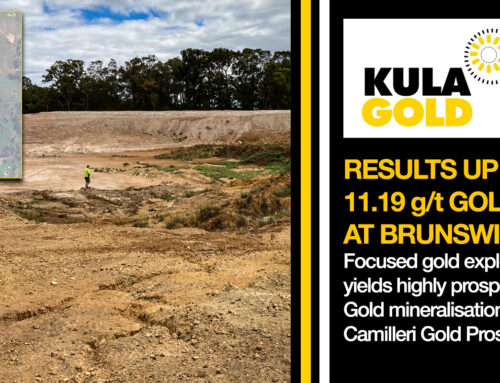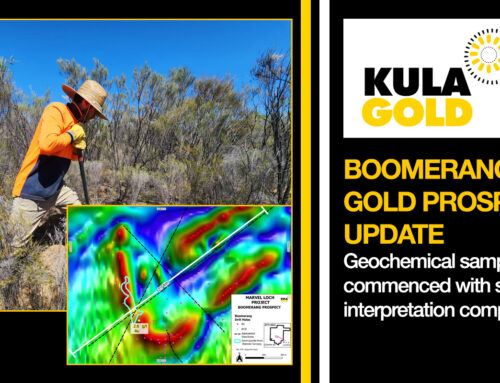⛏️ Kula Gold Limited reports anomalous total Rare Earth Element (tREE) results from stage 2 geochemical sampling at its 100% owned Rankin Dome exploration project in Southern Cross.
HIGHLIGHTS (View the full PDF)
- Total Rare Earth Elements (tREE) values of up to 1,080ppm have returned from combined auger geochemical samples, with 74% of samples above 115ppm tREE.
- Target definition and exploration program design in progress.
Executive Summary
- Geochemistry results show two distinct populations of tREE enrichment suggesting two potential sources and hosts for tREE enrichment at Rankin Dome; a peralkaline intrusive host (akin to Dubbo Zirconia – Australian Strategic Minerals Ltd) (ASX: ASM) and a sedimentary host from secondary enrichment processes suggestive of an ion adsorption clay style enrichment (similar to Mukutu – Ionic Rare Earths Ltd) (ASX: IXR).
- HREE enrichment averages 8.45 times the average Granite crustal abundance as calculated from values presented in the Field Geologists Handbook Monograph 9 by the AusIMM.
- Calculated HREE fractions correlate with margins of granitic plutons from geophysical assessment, whilst LREE fractions are clustered over the top of the same interpreted granitic plutons at depth.
- Result validation and project re-interpretation utilising all available data is in progress, to define targets for further exploration including the potential for drill program design.
Rankin Dome Exploration Results – Technical Details The results have been calculated from multi-element suite and combined from both Phase 1 and Phase 2 auger programs, which were designed to further test elements of interest in this under explored area. Assays have been obtained from pulverisation of whole rock samples, therefore can be considered a true representation of in-ground tREE values ñ there has been no artificial concentration of values resultant from sieving out larger size fraction material. The combined tREE results warrant further validation and determination of target generation for further exploration. The Company is in the process of evaluating these results in combination with geophysics, topographic and other collated data for a potential targeted drill design.
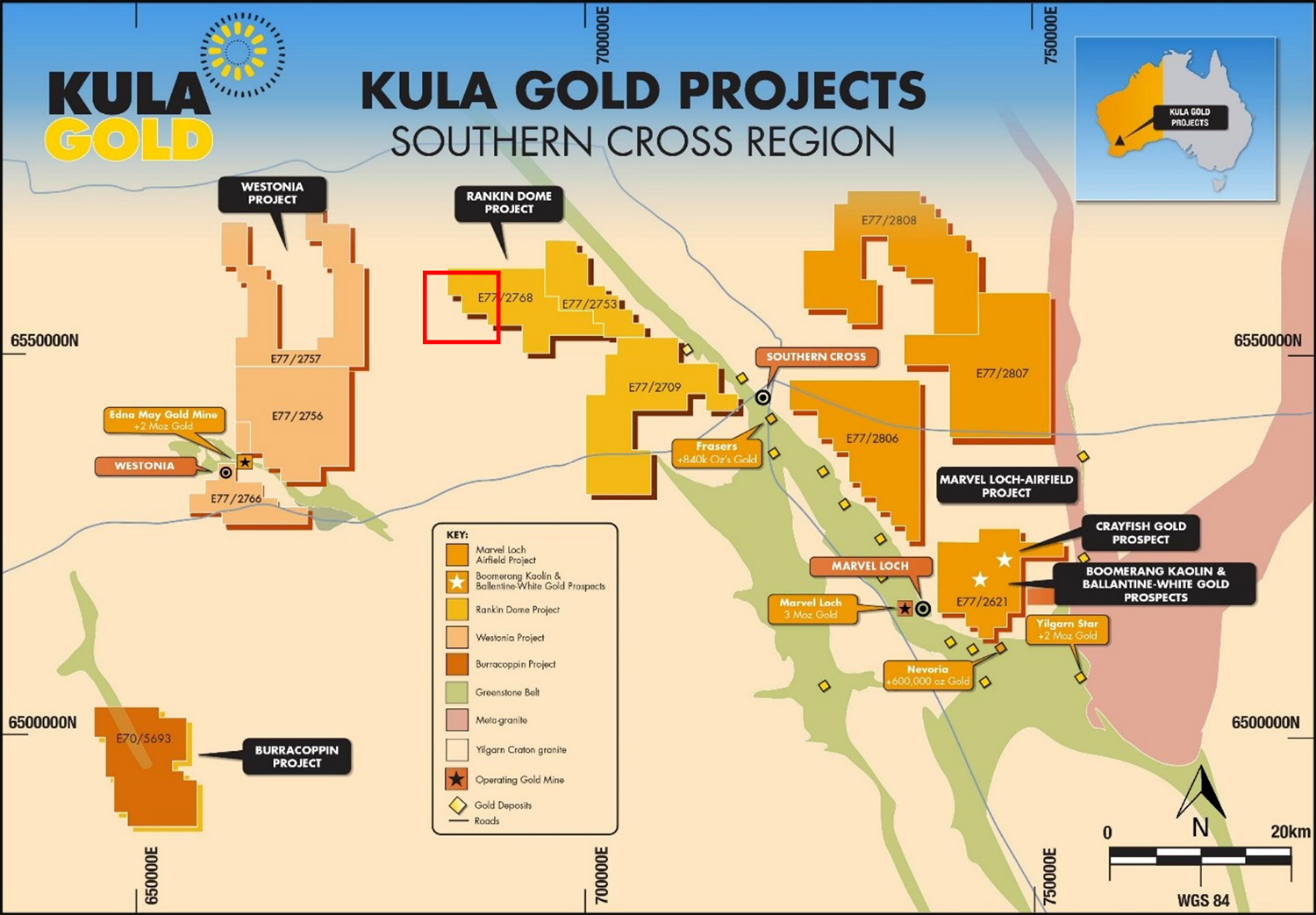
Figure 1: Location Map of Kula’s Projects within the Southern Cross Region – Red box indicating the area of interest within the Rankin Dome Project.
The results are presented in Figure 2 with relevant geostatistics provided in Table 1, 3 samples have returned tREE values of over 1,000ppm for the combined program, and a further 41 samples returned tREE values of over 450ppm (representing the 95th percentile of results for the sample population). This is a 8.45x elevation above the Average Crustal Abundance for Minor Elements for a theorised Granite host rock source from the Field Geologists handbook Monologue 9 (AusIMM) for the HREE fraction (Y, Gd to Lu_ppm, with Tm_ppm omitted due to non-specified average in the tabulated results presented) and a 1.60 – 2.00 x elevation for the LREE fraction (La, Sc, Ce, Nd, and Sm_ppm, – as Pr was omitted from the assay results, and Eu omitted due to non-specified average for Granite) for the results analysed thus far.
tREE values were calculated from the sum of all the Lanthanide elements (excluding Promethium and including Yttrium and Scandium) and are considered representative of the true concentration within the sample medium, as rock chips from the auger samples were pulverised and subjected to a mixed acid digest. The Fe-rich result fractions have been interpreted from the current dataset as ferruginous soils or lateritic material as the regional radiometric Th response was strong in the tenement area sampled. Outcropping and mapped granitic lithologies had a high, K-tinged regional Radiometric response. The HREE fraction calculated in the software ioGas correlates spatially with the edge of predicted margins of granitic plutons at depth, and LREE fractions calculated cluster over the top of the same associated granitic bodies when visualised against geophysical datasets. Kula Geologists are working on interpreting the results in the context of the potential mineralisation system to identify and rank drill targets as well as provide recommendation on follow up exploration strategy to advance the project.
– News Release –
Date: 15 July 2022 | ASX Code: KGD
Competent Person Statement
The information in this report that relates to geology and exploration is based on information compiled by Ms. Sarah Dyer – a Competent Person who is a member of the Australian Institute of Mining and Metallurgy and the Australian Institute of Geoscientists. Ms Dyer is a Geology and Exploration Consultant who has been engaged by Kula Gold Limited. Ms Dyer has sufficient experience, which is relevant to the style of mineralisation, geology and type of deposit under consideration and to the activity being undertaken to qualify as a competent person under the 2012 edition of the Australasian Code for Reporting Exploration Results, Mineral Resources and Ore Reserves (the 2012 JORC Code). Ms Dyer consents to the inclusion in the report of the matters based on his information in the form and context in which it appears
About the Company
Kula Gold Ltd (ASX: KGD) is a West Australian gold exploration company focussed on large land positions and structural geological settings capable of hosting ~1m oz deposits. The company has various gold, copper, nickel, PGE, lithium, halloysite and kaolin projects across the Southern Cross region including Marvel Loch, Rankin Dome and Westonia, as well as at Brunswick and Kurnalpi-Lake Rebecca. The company has a history of large gold resource discoveries with its foundation Woodlark Island Project in PNG. Contact the Company Secretary on Tel: +61(08) 6144 0592 or via cosec@kulagold.com.au
